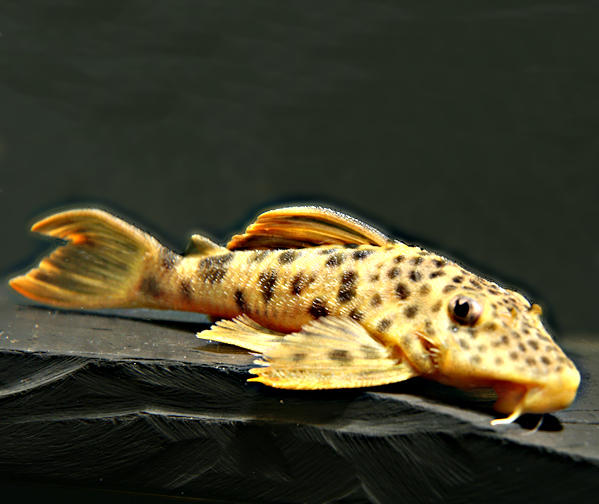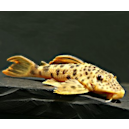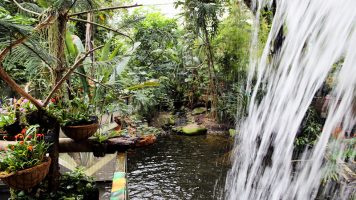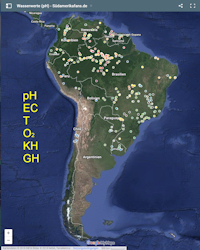Hello catfish freaks,
I would like to present you four articles of the current edition of the Aquaristik Fachmagazin April/May 2017:
Manuel Harringer "Experiences in the keeping and reproduction of Sturisoma robustum (Regan, 1904)" (“Erfahrungen in der Haltung und Vermehrung von Sturisoma robustum (Regan, 1904))
Manuel bought a group of three Sturisoma robustum with a total length of approximately 30 cm. At first he could not detect any gender differences.
A stimulation with lowering the temperature did not succeed. Changes of the water composition tap water / rain water and the quantity of water changes was most likely the solution.
Particularly remarkable: he observed the fishes during spawning. In this time the female had also a whiskers.
The water hat a temperature of 26°C and a conductivity of approximately 70 µS/cm. He counted 280 fry‘s.
After the hatching Manuel transferred the fry’s into a hanging box. The hearing was without problems.
Kai Arendt "Clear water at Raudal de Atures – Part 1: Rio Cataniapo – in the empire of Cheeks dash earth eater" (“Klarwasser am Raudal de Atures – Teil 1: Rio Cataniapo – im Reich der Wangenstrich-Erdfresser”)
Raudal de Atures are the nothern rapids of the Río Orinoco near Puerto Ayacucho. Kai write about the history of exploring this area, for example by Humboldt and Bonpland in the year 1800.
In 2009 Kai visited this region. His destination was the Río Cataniapo. The Río Cataniapo is a tributary of the Río Orinoco in the South of Puerto Ayacucho, near the Raudal de Atures. He catched many fishes. In catfishes for example: Hemiloricaria eigenmanni, Leporacanthicus triactis (L 91), Lithoxancistrus orinoco (L 126), Panaque nigrolineatus (L 190) and Chasmocranus longior.
Heiko Blessin "One of the most dangerous countries in the world" (“Venezuela – eines der gefährlichsten Länder der Welt?”)
Heiko Blessin reports about the JBL expedition to Venezuela in 2016. Their destinations were the Orinoco-Delta and Canaíma. On the tour they caught an undescribed Hypostomus-species and an undescribed Ancistrus-species.
Ingo Seidel "Corydoras amapaensis – a very variable Corydoras" (“Corydoras amapaensis – ein überaus variabler Panzerwels”)
Ingo informs about the import of Corydoras amapaensis from Brazil. Corydoras amapaensis is with 8-9cm total length a slightly larger Corydoras. The species is said to have a marked territorial behavior. These species should be very variable.
Enjoy reading of Aquaristik Fachmaganzin.



